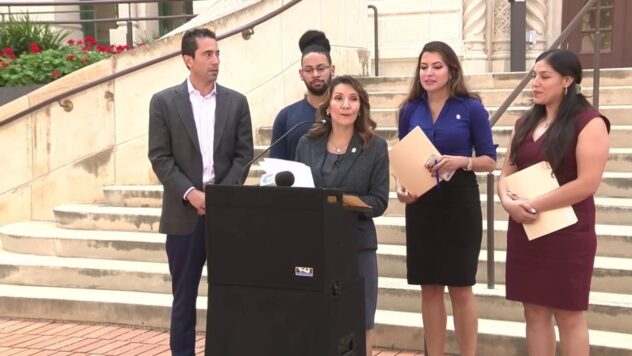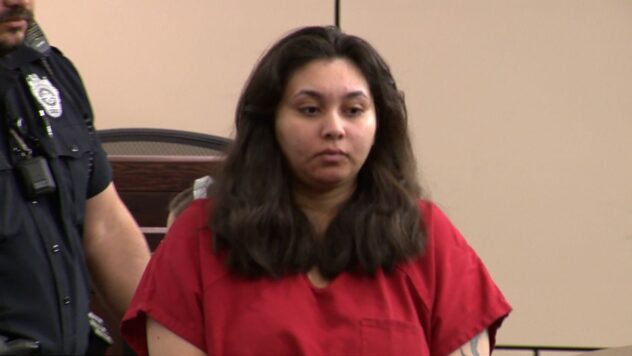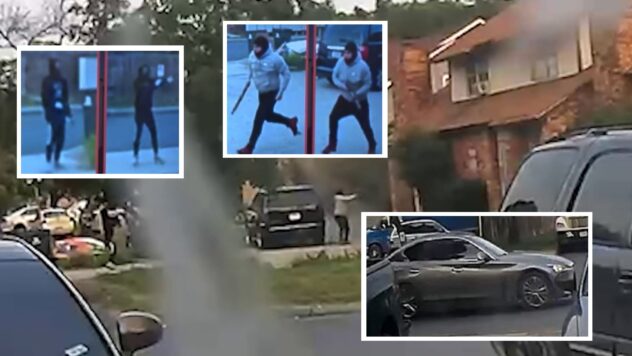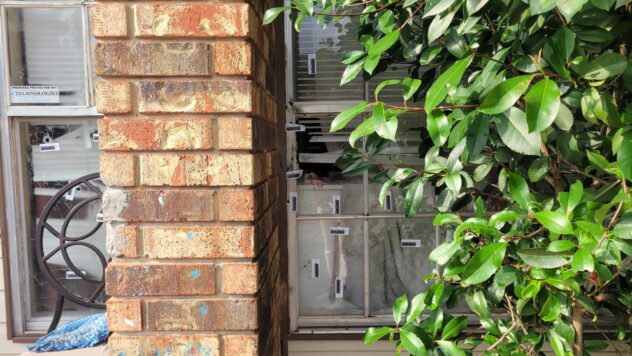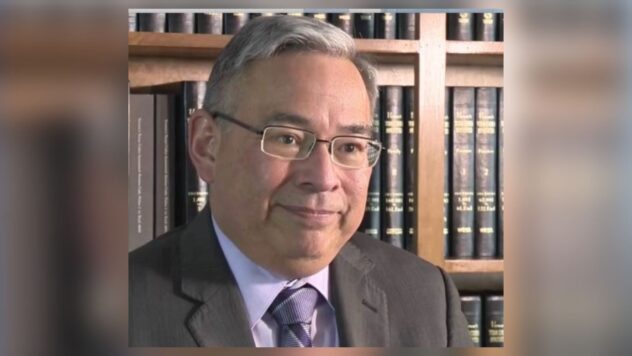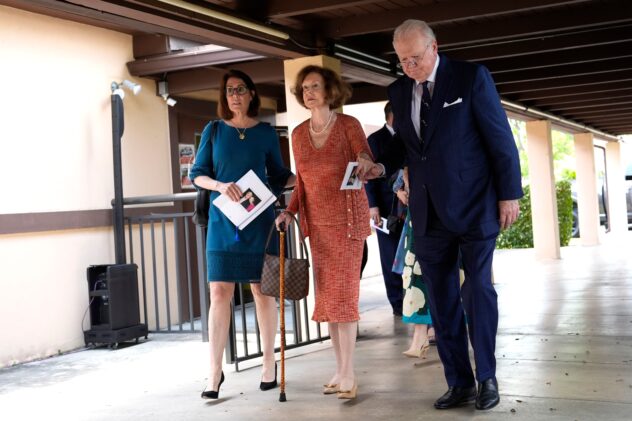When it comes to utility failures during the February freeze, it’s time to stop playing ‘San Antonio nice’
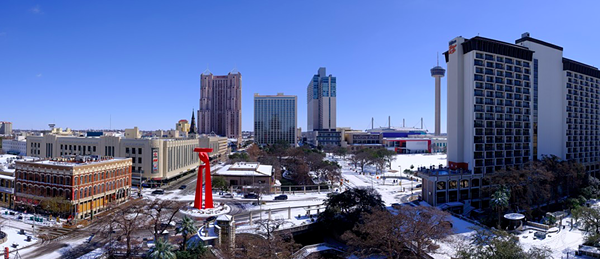
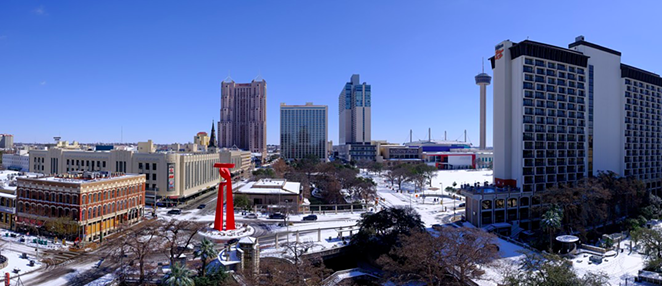
- Joe Webb
- A report from San Antonio’s Committee on Emergency Preparedness puts some of the responsibility for the failures during February’s storm on CPS Energy and SAWS.
The following is CityScrapes, a column of opinion and analysis.
The Great Freeze of February now seems like a distant, ugly memory.
The plumbing damaged by frozen pipes has largely been repaired or replaced, and the seemingly dead foliage is now showing signs of life, even healthy growth. My Sago palms, once neatly frozen to a uniform golden brown, are producing an abundance of new greenery.
While the freeze now seems long ago, it’s vital that we don’t forget it, and that we pay full attention to its lessons for the future. For that, we can start with the late June report of the city’s Committee on Emergency Preparedness. With some 30 pages of text and color-filled graphics, along with 49 individual recommendations set out in bold, the document represents the formal response by our mayor and city council to Winter Storm Uri. It also leaves lots of questions.
The report properly places much of the responsibility and blame for the failures during the storm outside San Antonio. Those fall on the Texas Legislature, the Public Utility Commission and the perhaps misnamed Electric Reliability Council of Texas (ERCOT), which proved magnificently unreliable.
Yet while this was a statewide disaster, some of the serious problems were quite specific to San Antonio — more specifically, to city-owned utilities CPS Energy and the San Antonio Water System. Our renewable energy sources, both solar and wind, were notably affected by the snow and the cold, with their production dropping well below historical averages. But despite taking regular winter readiness steps and a host of emergency plans, CPS’s other energy sources also experienced failures.
On the crucial, coldest days of the freeze — February 14, 15 and 16 — generation by the coal-fired J.K. Spruce 1 plant plummeted, due to the “loss of control of the forced air fan feeding the firebox,” according to the report. Capacity plummeted from 100% on February 13 to just 1% by February 15. Even by the 19th of the month, the plant was operating at just 40% capacity.
Then there was the problem at the South Texas Nuclear Plant, where an “uninsulated water pressure sensor line froze” on the morning of February 15, dropping the STP 1’s generation to zero by the following day. That cut CPS Energy’s nuclear-based power production in half.
Natural gas-fired plants, effectively CPS’s backup source, also experienced problems. The single biggest reason for lost natural gas capacity on February 14 was a “planned outage.” The next day, that “planned outage” dropped to second place, with “weather” — not further elaborated on in the report — listed as the biggest source of lost power. It was only on February 16 that “curtailment” of fuel supply emerged as a major problem, just edging out the “planned outage.” On the three critical days, significant amounts of natural gas generation were lost to “controls and mechanical” failures, a category the report doesn’t explore.
Perhaps the failures at the Spruce and STP plants were only accidents, effectively unavoidable, although the freezing of the uninsulated line at the nuclear plant suggests an absence of planning and risk assessment. The issues with the natural gas plants also could have been reduced or eliminated by better planning. Having a “planned outage” ahead of a freeze that forecasters warned could be catastrophic simply isn’t a satisfying answer.
The committee’s neatly bolded recommendation in the face of all these failures? “CPS Energy should emphasize and refocus on their long and distinguished history of operational excellence.”
That guidance is a great example of “San Antonio nice.” It’s not much of a basis for understanding why CPS took so much capacity offline for “planned outages.” Nor does it help us understand why “controls [and] mechanical” problems were just as numerous on pre-freeze February 9 and post-freeze February 19 as during the height of the storm. Nor does it explain just what the “weather” issues were on February 15.
And those are just the obvious questions.
The report also turns to the San Antonio Water System, which also experienced widespread failures during the winter weather.
“SAWS failed to have draining ports installed in its above-ground piping which led to water freezing in those pipes,” the document notes, adding that upgrades “will require weatherization changes to that infrastructure.” Where are those above-ground pipes, how long are they, what will weatherization require and why wasn’t it done before? The committee report is silent on those.
Then there is the report’s description of how SAWS serves “the northern sector of the service area” with water from external suppliers such as the Vista Ridge Pipeline and Trinity Aquifer Suppliers using a “‘ladder climbing’ technique to pump water from station to station to move water to higher areas,” starting from the station at UTSA and Loop 1604. That, of course, made water supply to the areas north of 1604 uniquely vulnerable to a single point failure. Why Again, the committee’s report leaves the question unanswered. The community needs answers.
What’s more, the document mentions “an outside expert review conducted by Black and Veatch” of SAWS. But that “expert review” isn’t appended to the report or available on the committee website.
It’s clear that we need to get beyond the everybody-gets-along sentiments that constitute San Antonio nice. Along with that, we need to cast aside assumptions that our utilities’ “long and distinguished history of operational excellence” suffices when severe weather events have become increasingly common.
Serious scrutiny of CPS and SAWS is simply too vital to this community to be left to a part-time board. And when members of CPS’s senior legal staff simultaneously submit their resignations, this entire community needs to ask substantive question about how both it and SAWS are being managed, and whether we have the right institutions and elected officials for getting the answers our community deserves.
Heywood Sanders is a professor of public policy at the University of Texas at San Antonio.
Stay on top of San Antonio news and views. Sign up for our Weekly Headlines Newsletter.

